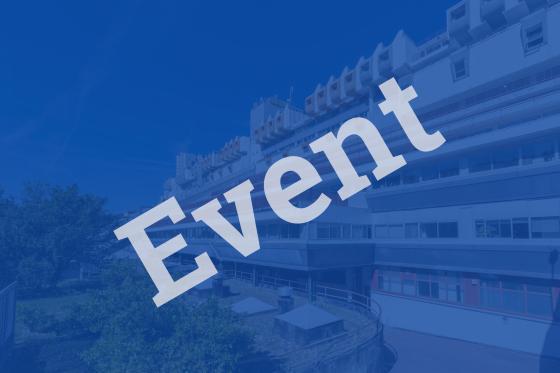-
-
Dipartimento di Chimica - Aula Magna
-
Seminario
Relatori
Dettagli
I will try to provide a coherent account of the work we have done on the amino acid cysteine on different types of gold supports in an aqueous environment. The choice of cysteine was dictated by the need to disclose its binding arrangements and adsorption mechanism on gold as a free molecule but also as part of peptide and protein structures. This latter aspect is extremely important especially in view of the immobilization of larger molecular systems on metals to create biocompatible scaffolds.
One of the main goals of our studies is to show the ability of classical reactive molecular dynamics simulations based on the ReaxFF approach to represent, describe and predict efficiently, structure and speciation of complex substances made of metal based supports and biomolecular units in different environmental conditions.
After a long and accurate parametrization process based on quantum chemistry calculations we obtained the first reactive force field which was capable of describing realistically reaction mechanisms between the adsorbates and the supports, physisorption, chemistoption and self-assembly at the interface, surface reconstruction effects and solvent perturbations.
Although the results obtained in these studies were satisfactorily consistent with the theoretical and experimental literature the methodology is far from mature and new developments are needed to improve reliability and specificity.


